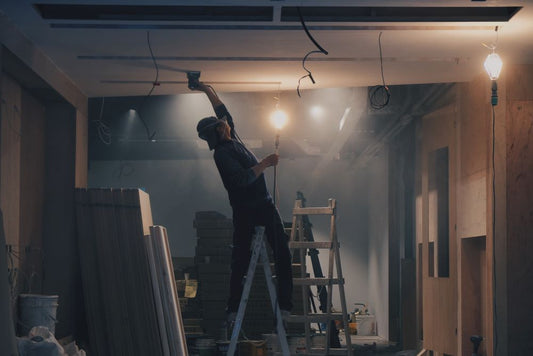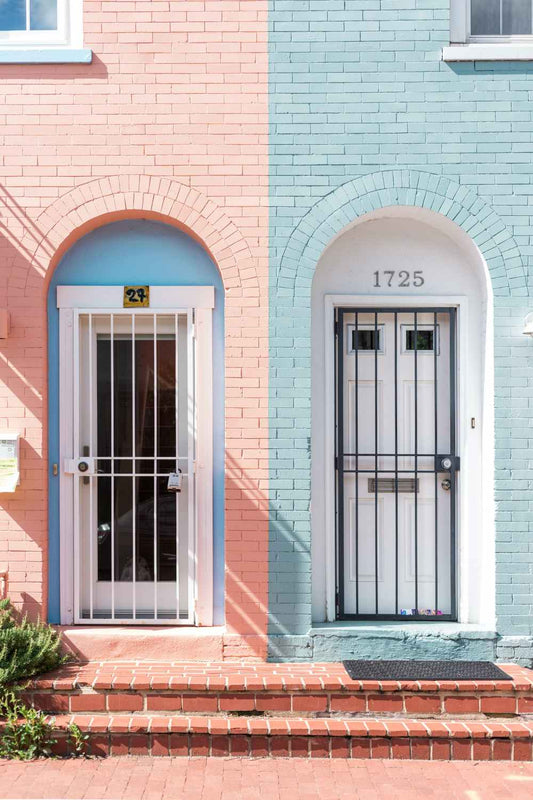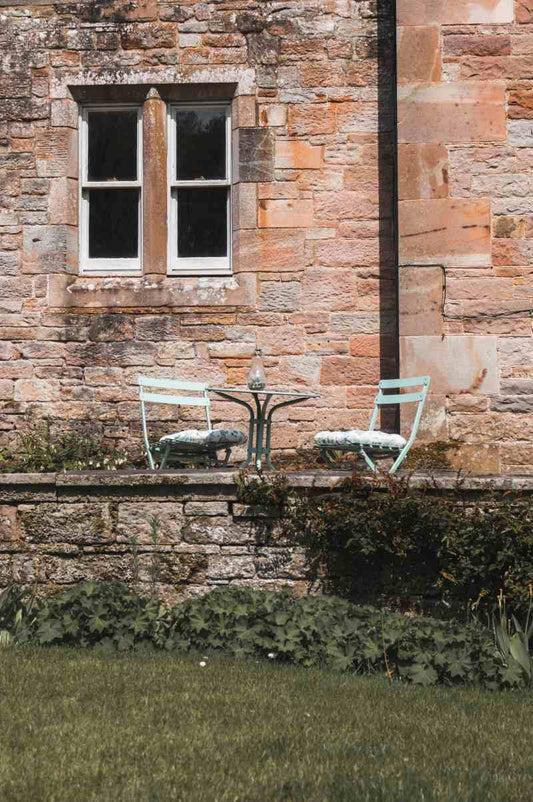Not Every Tool Is Durable
Depending on how they were made and what construction materials were used, tools can bend or break. The brick clamp is no exception to this rule. The durability of the brick clamp depends on these two key factors.
If inferior materials or methods were used in the manufacturing process, then do not expect any brick clamp to hold up under stress and pressure. This is just one of the common problems you will face when you buy and use a brick clamp.
What Are The Common Issues When Using Brick Clamps?
One of the most common problems you will come across with a brick clamp is strength. The materials used to make it just are not top-quality and the brick clamp does not get the strength it needs to withstand shocks, bumps, drops, or bangs.
In some cases, the brick clamp could drop off the owed by a brick and the latter just bends the clamp making it unusable. This is a common occurrence.
A good hammer can straighten the clamp out but it may not be as accurate as it was before the damage. On some models, the operation of the clamp depends on a strong grip. If you do not have that, you cannot set up your line or move the clamp very easily
Finally, the weight of the clamp can make it difficult to use. The ones made from stainless steel are lighter and easier to use while those made from mild steel are heavy, awkward, and not as easy to move. Any clamps constructed from plastic materials will not withstand day-to-day use.
The Causes And Solutions For Bricks Slipping
There will be times when you will see bricks slip out of place. The causes do vary as do the solutions. In some cases, a minor slipping brick scenario is not cause for alarm as the wall will remain in place.
But the main cause of brick slipping is due to expansion. This can happen no matter which style of brick you use to construct the wall. Other causes may be that water got behind the wall or into it and weakened the joints.
The solutions are limited. You can either do the work yourself, but this takes skill or you can call
This process will take some work and requires experience to do it right. The best solution is to call in a professional so you do not cause more damage to your wall.
How To Rectify Misaligned Brick Rows With The Help Of Brick Clamps
In some building situations the bricklayer may have followed the windows and the result was misaligned bricks. This is a sign of a poor bricklayer and sub-standard work.
One of the solutions is to tear the wall down and set up your brick clamp at the first course and start rebuilding the wall. You need to be accurate and make sure the wall goes up as it should.
The brick clamps will help keep your courses straight, level, and aligned each step of the way. This should make rebuilding a little easier. The difficulty in using brick clamps in this situation will be where to set them up and how well they will move as the wall gets higher.
Hard to move and use brick clamps will slow the work down so you need to make sure the brick clamp excels in all aspects of its operation.
Dealing With Damaged Or Cracked Bricks
When you see damaged bricks in your walls, the only solution is to remove and replace them. This goes for cracked bricks as well. There are several steps to follow to do this task.
Step One- Gather the tools you will need to do the job right. Those tools include:
- Work gloves
- Ladder or stable platform
- New bricks that match the colour of your existing ones
- Hammer Power drill with a masonry blade
- Cold chisel
- Wire brush
- Level
- Narrow pointing trowel
- Brick Ready-mixed mortar
Step Two- Since this damage or cracks are water-sourced, make sure you have resolved that problem so it does not happen again.
Step Three- Remove the damaged or cracked bricks carefully.
Step Four- Chisel out any old mortar and use a wire brush to clean the area.
Step Five- Apply new mortar to the new brick and slide it into place. Remove any excess mortar with your trowel.
Step Six- cure the mortar by gently misting it with water over the next two or three days.
Preventive Measures For Common Brick Clamp Problems
One of the best preventive measures is to examine the different brick clamps before buying them. If you spot one with inferior construction materials move on till you find one that is built solid and won’t bend easily.
Manufacturing of brick clamps varies and not all are durable. You can save a lot of time by picking the best of the lot even though it costs more. Next, the operation is another common problem.
If it is difficult to use or complicated to set up, go for a brick clamp that is the exact opposite of that one. Time is money and you want an accurate but easy-to-use brick clamp. This will save you time and money as well as help you meet your deadline.
Some Additional Words
Brick clamps are simple devices that only have a few common problems. If you need help avoiding the inferior models that do not hold up visit our website https://brickworktools.com/.
Our Company sells the best brick line clamps you can find anywhere. Plus, they were designed and tested by a bricklayer with 40 years of bricklaying experience.
In addition to that quality, our brick clamps are made of stainless steel, are strong, but lightweight, and should hold up to anything your bricklaying jobs throw their way. Check us out today and save.




